
What Gas Utilities Can Learn From Electric Utility Green Power Programs
As pressure to decarbonize our energy supply mounts, many gas utilities are considering how to integrate and scale renewable natural gas, and are considering a voluntary renewable natural gas (RNG) program for their residential and commercial customers.
While voluntary RNG programs are a relatively new development for gas utilities, these programs have many similarities to the voluntary green power programs that have been offered by electric utilities for decades. As such, there is much that gas utilities can learn from their electric utility counterparts in terms of best practices and risk mitigation as they consider whether and how to design and launch successful RNG programs.
Top ten key factors in creating a successful voluntary program
Thanks to the annual NREL Top Ten List, it’s easy to get a sense for which electric utility programs have been the most successful. But looking at those lists doesn’t tell you why those programs have achieved such success.
Here are ten specific lessons that will help gas utilities build a successful voluntary program:
1. Understand your customers
What customers value in a renewable product may surprise you, and in many cases it will vary by segment. Conduct market research to both validate demand and help you understand how different customers make price and value decisions. The most successful electric utilities often have different programs for commercial and residential customers.
2. Work with stakeholders
Environmental and rate-payer advocates can be staunch supporters or opponents of a program. Work with them early in your program design process to understand what they value, and help them understand trade-offs. The nationally renowned electric utility programs in Oregon were launched with the most robust stakeholder process in the country.
3. Certify
Voluntary certifications such as Green-e® Energy will soon be available for gas programs. Embrace the certification when it comes. Whether customers know about the certification or not, new markets need it to build trust.
4. Gain internal alignment
These programs will eventually require support from, or integration with, every department across the utility; anticipate this and make sure you have the cross-functional support you need.
5. Create value
Voluntary renewable energy programs create value for utilities in different ways, from customer satisfaction to, in some cases, direct profit. Internal stakeholders need to understand what value the program delivers initially, how to measure it, and whether it has the potential to deliver even more value over time. Electric utilities that extract value from their green power programs are more likely to invest in them; the same will be true for gas utilities.
6. Go local
Customers and stakeholders value local supply. While it may not be possible to start with 100% local supply, electric utilities have pioneered approaches that include program funding for small scale projects or a blend of local with lower-cost regional supply.
7. Include budget for start-up costs
Renewable programs tend to be funded by participants, which means start-up costs for items such as new billing system programming or the first year’s marketing and administration need an explicit funding strategy. Successful programs have found ways to ensure a good start through strategies like limited ratepayer funding, a shareholder investment, or accepting a long payback period.
8. Know your billing system
Updating your billing system to allow for an additional product can be very expensive. Be sure you understand what the billing system can accommodate at varying levels of investment early on in the process.
9. Engage customers
The utilities with the most successful programs give their customers many opportunities to learn about the programs and participate, and often lead with the green power program in their customer interactions. All of the top programs invest in direct sales and marketing channels, as well as awareness-focused marketing efforts.
10. Consider all procurement options
When designing RNG products, consider all options for procuring renewable natural gas. Similar to renewable electricity, it is most important that you obtain and retire the environmental attributes associated with RNG (“RNG attributes”). RNG attributes represent all of the environmental and other generation benefits that differentiate a unit of RNG from a unit of conventional natural gas. Procuring unbundled RNG attributes can offer the flexibility needed to get started and validate demand, while you work through the hurdles of physical supply.
Though there are some key differences between green power and RNG programs, such as the higher cost and lower availability of supply, as well as less customer awareness, adhering to these best practice principles will better equip gas utilities to successfully navigate these differences, lower their risk, and increase the likelihood of program success.
Many gas and electric utilities are already demonstrating real leadership in decarbonizing our energy supply. Offering voluntary RNG programs is one potentially powerful path forward that I’m confident will lead to benefits for customers, utilities, and the climate.
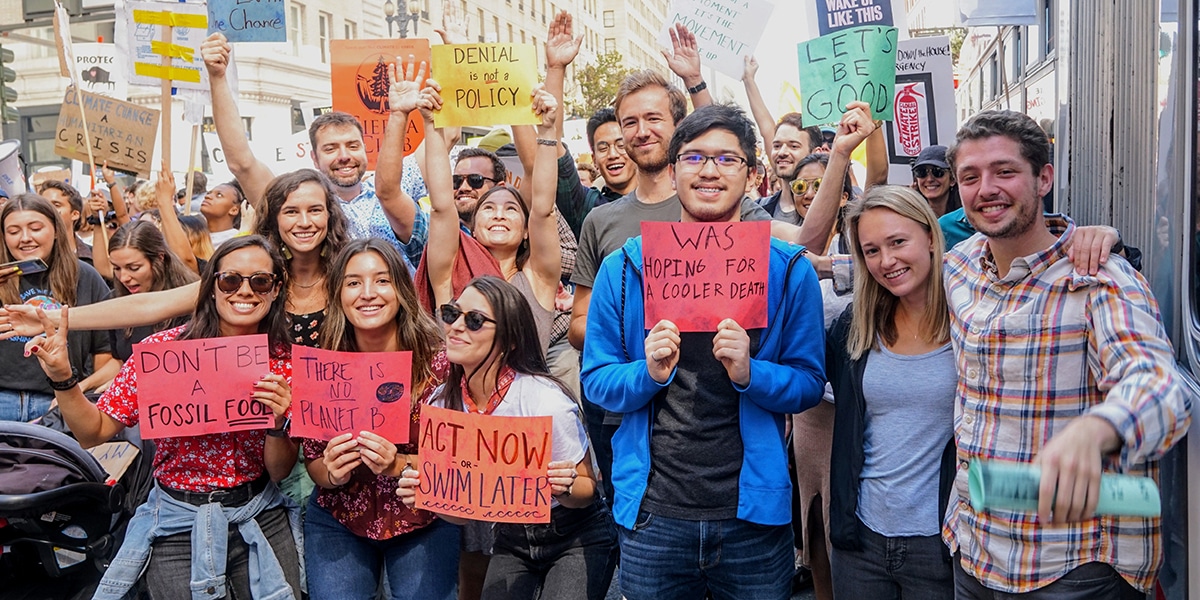

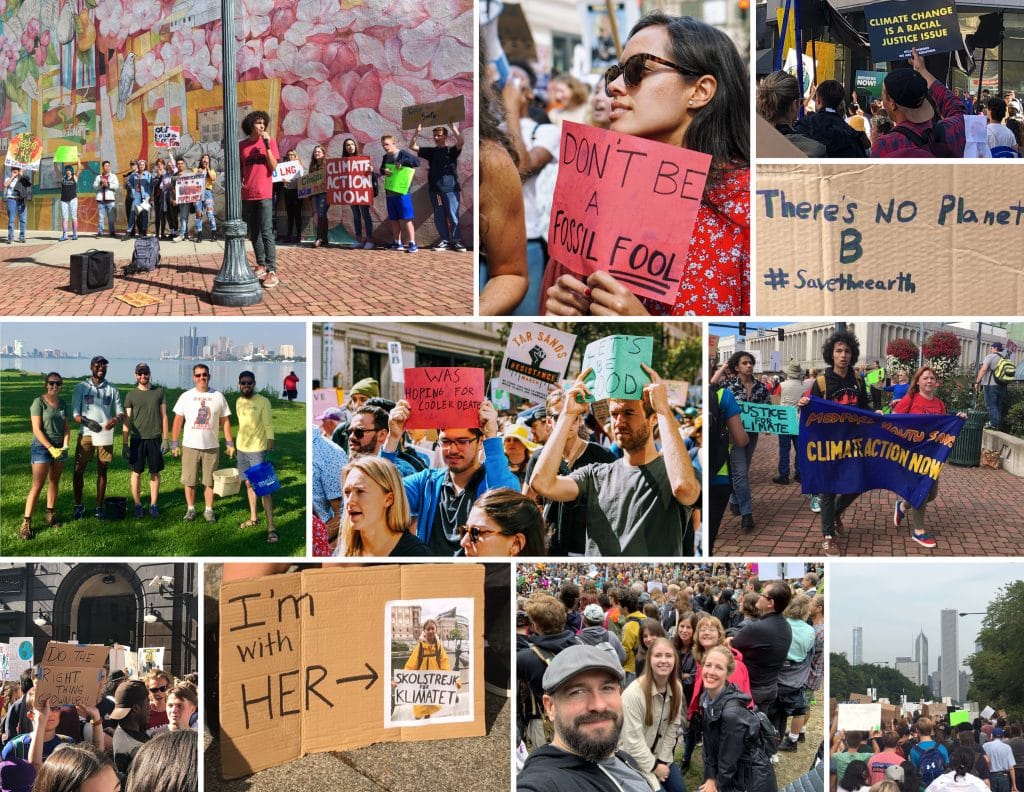

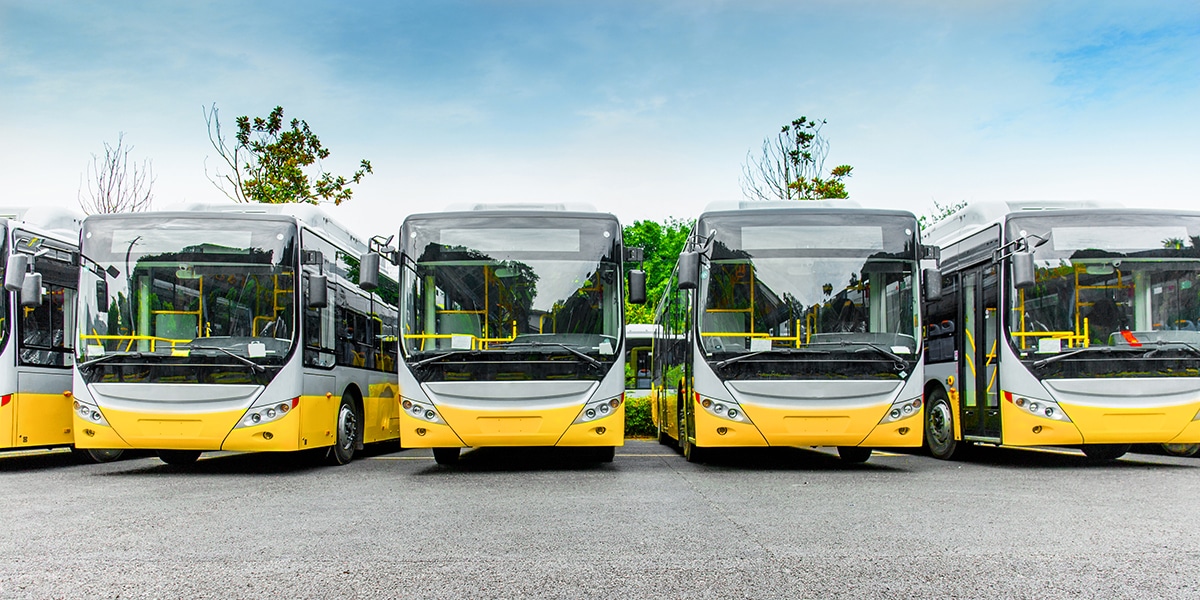
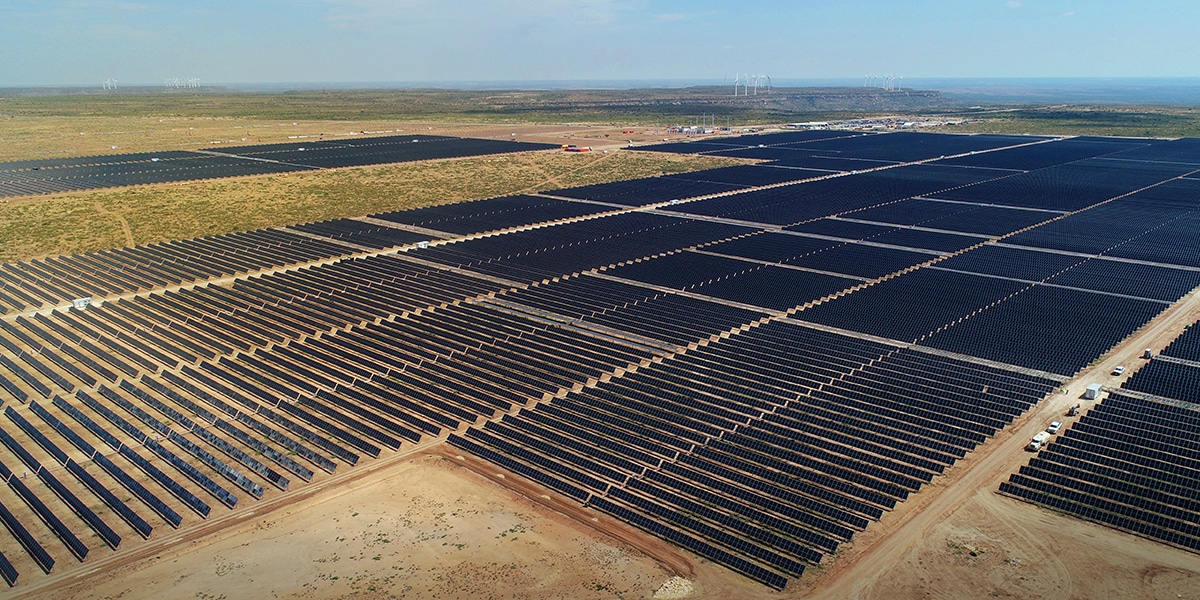



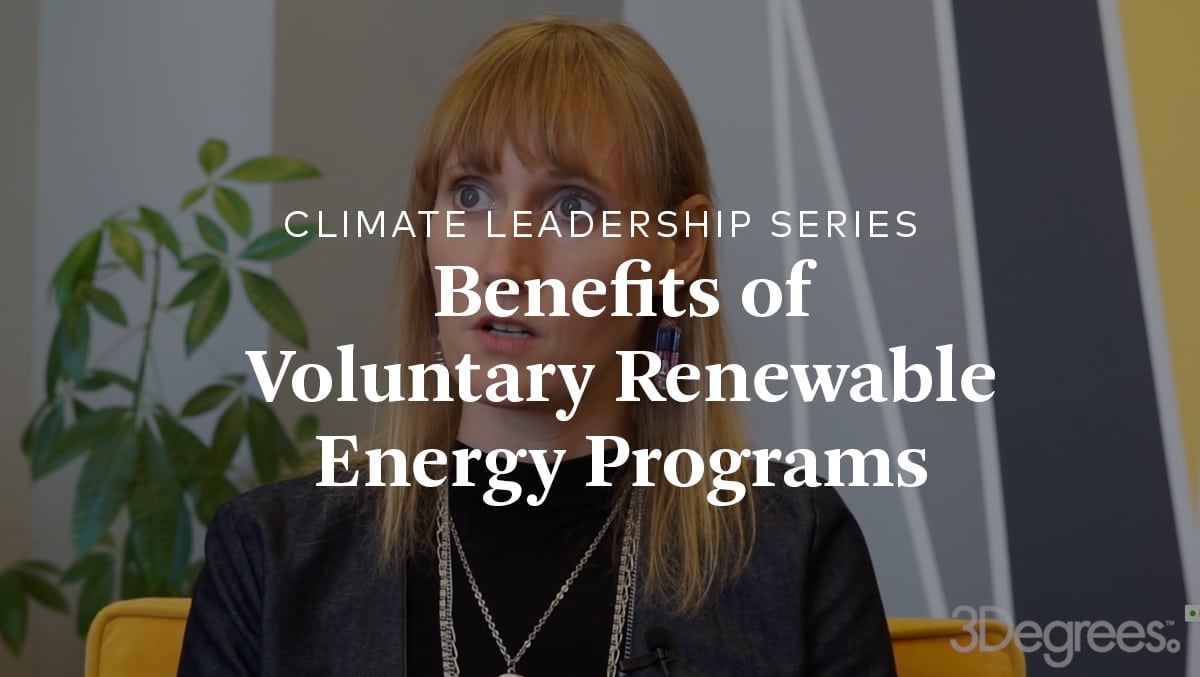
Recent Comments